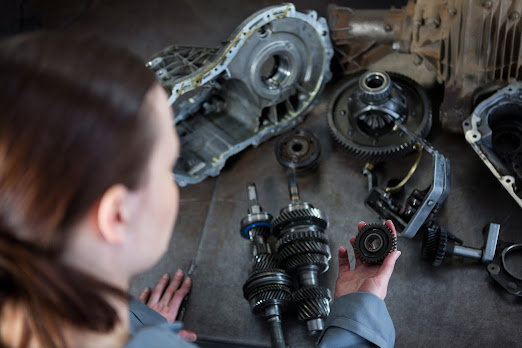Selecting the Ideal Stepper Motor for Your Project
When you start a project that needs very precise control over movement, one of the most important things you have to do is pick the right stepper motor. These motors are used in a lot of different things, like 3D printers and CNC machines. But making the correct choice can be a bit challenging. In this guide, we'll help you understand the important things to think about when you're choosing a stepping motor for your project.
Understanding Torque Requirements
The first factor to consider is torque. Torque represents the motor's ability to rotate an object around an axis. To determine the required torque for your project, you'll need to consider the load you intend to move and any additional forces it might encounter. A motor with insufficient torque may lead to missed steps and reduced accuracy.
Evaluating Accuracy and Step Angle
The accuracy of a stepper motor is determined by its step angle, which defines the angular increment per step. Smaller step angles result in finer control and higher precision but may require more power. Consider the precision your project demands and choose a motor with an appropriate step angle to meet those requirements.
Voltage and Current Ratings
Stepper motors come with specific voltage and current ratings. Matching these ratings to your power supply is crucial for optimal performance. Using a motor with lower voltage and current than your power supply can lead to poor performance, while using a motor with higher ratings may cause overheating and damage.
Physical Size and Mounting
The motor's physical dimensions should align with your project's available space. Additionally, consider the mounting options and compatibility with your project's design. Some stepper motors have integrated mounting brackets, making them easier to install.
Microstepping and Smooth Motion
If your application requires exceptionally smooth and precise motion, consider a stepper motor that supports micro stepping. Microstepping allows the motor to take smaller steps, providing smoother movement and reducing vibration.
Environmental Conditions
Think about the environment in which your project will operate. Some stepper motors are designed for specific conditions, such as high-temperature environments or outdoor applications. Choosing a motor that can withstand your project's environmental factors is essential for long-term reliability.
Related Links:
- https://www.emplihi.com/profile/0f7bc7de-811f-48b0-abec-151147a8b714/profile
- https://www.worldpeaceent.com/profile/99e03c51-089d-4a65-8fab-2b7e9d26c974/profile
- https://findaspring.org/members/islproductsny/
- https://www.vhdancecenter.com/profile/c0f70073-17b9-414a-ba7b-2c31cbb342ca/profile
- https://elumine.wisdmlabs.com/members/islproductsny/profile/
- https://www.talkfootballhd.com/profile/islproductsny/profile
- https://www.proartibus.org/profile/0027afcb-e1dd-460d-b6ed-cc59fb4e5a2c/profile
- https://www.kniterate.com/community/users/islproductsnygmail-com/
- https://www.toysoldiersunite.com/members/islproductsny/profile/
- https://www.theconfessprojectofamerica.org/profile/islproductsny/profile
Budget Considerations
Lastly, consider your budget. Stepper motors come in various price ranges. While it's tempting to opt for the most powerful and expensive motor, ensure it aligns with your project's needs to avoid unnecessary expenses.
Considering everything, selecting the right stepper motor involves detailed consideration of various factors. By carefully considering these factors, you can choose a stepper motor that perfectly suits your project, ensuring smooth and precise motion control.
If you require specific stepper motors tailored to your project's requirements, ISL can assist you. They specialize in designing motors to meet your specifications. To learn more about how they can help, visit their website here.

.jpg)


Comments
Post a Comment